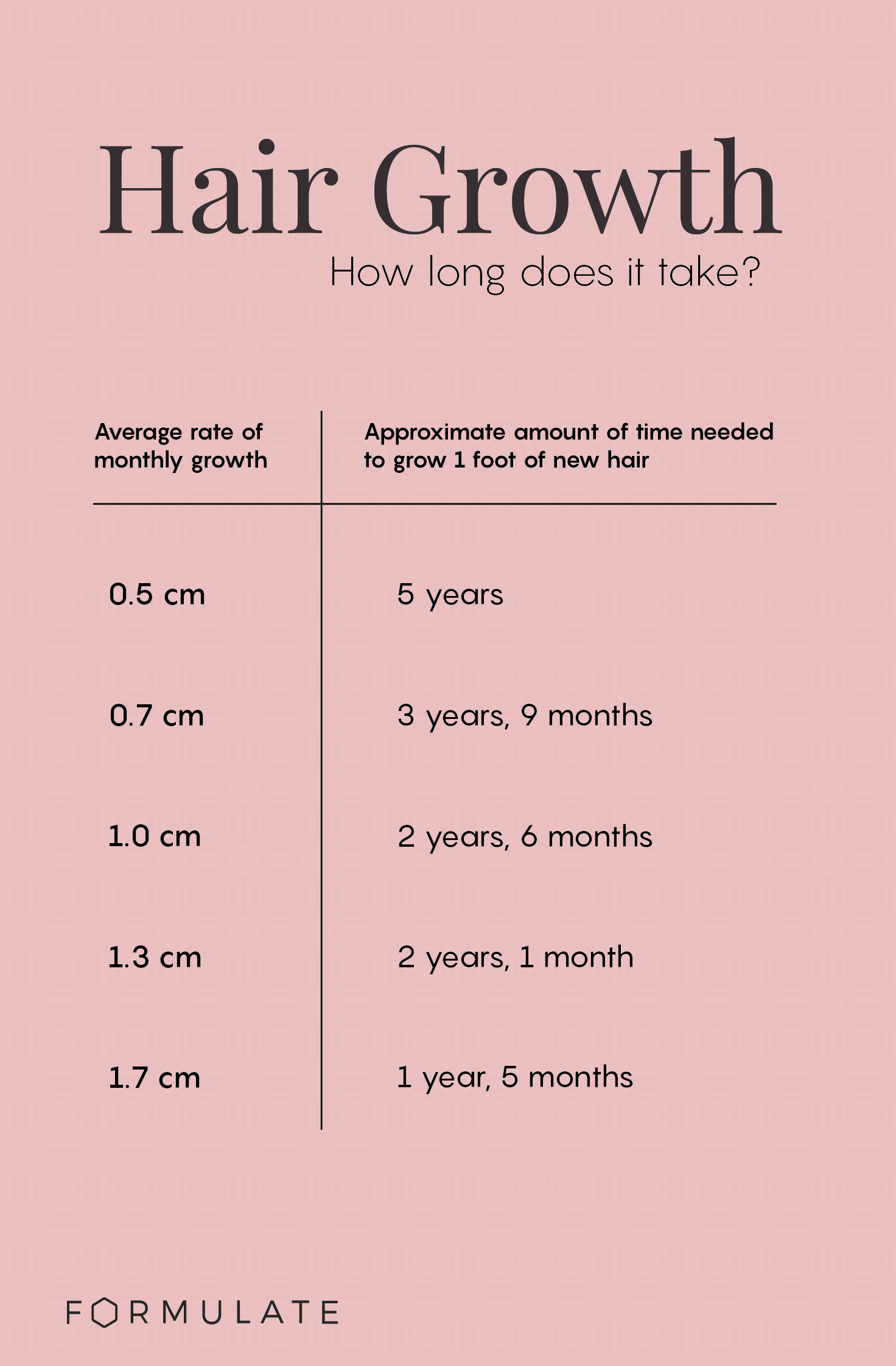Leg hair growth rate is an interesting topic that many people are curious about. Some people are blessed with fast-growing leg hair, while others have slower-growing leg hair. In this article, we will explore what affects the growth rate of leg hair and how to promote healthy leg hair growth.
Factors Affecting Leg Hair Growth

The growth rate of leg hair is influenced by several factors, including genetics, hormones, age, diet, and lifestyle. Genetics plays a significant role in determining the thickness, length, and color of leg hair. Hormones, such as testosterone, also affect the growth rate of leg hair.
As people age, the growth rate of leg hair tends to slow down. This is because the hair follicles become less active and produce thinner, weaker hair. Diet and lifestyle can also impact leg hair growth. A diet rich in vitamins and minerals, such as vitamin D, iron, and zinc, can promote healthy hair growth. Similarly, exercising regularly and getting enough sleep can improve circulation and promote hair growth.
How Fast Does Leg Hair Grow?
The average growth rate of leg hair is about 0.5 inches per month. However, there is considerable variation among individuals. Some people may experience faster or slower leg hair growth, depending on their genetics, hormones, and other factors.
Leg hair grows in three phases: anagen, catagen, and telogen. The anagen phase is the active growth phase, during which the hair follicle produces new hair. This phase can last anywhere from two to six years. The catagen phase is a transitional phase, during which the hair stops growing and the hair follicle begins to shrink. This phase lasts for about two weeks. The telogen phase is the resting phase, during which the old hair falls out and the hair follicle remains dormant for about three months. After the telogen phase, the hair follicle re-enters the anagen phase and the cycle begins again.
How to Promote Healthy Leg Hair Growth

To promote healthy leg hair growth, it is important to maintain a healthy diet and lifestyle. Eating a diet rich in vitamins and minerals can provide the nutrients necessary for healthy hair growth. Exercising regularly and getting enough sleep can also improve circulation and promote hair growth.
It is also important to take care of your leg hair. This includes washing your legs regularly and avoiding harsh chemicals that can damage the hair follicles. Using a gentle shampoo and conditioner can help to keep the hair clean and healthy. Moisturizing the skin on your legs can also help to keep the hair follicles healthy.
Conclusion
Leg hair growth rate is influenced by several factors, including genetics, hormones, age, diet, and lifestyle. While the average growth rate of leg hair is about 0.5 inches per month, there is considerable variation among individuals. To promote healthy leg hair growth, it is important to maintain a healthy diet and lifestyle, take care of your leg hair, and avoid harsh chemicals that can damage the hair follicles.